
🪟 Vinegar Is the Key to Streak-Free Windows & Shiny Surfaces — But Most People Use It Wrong
You’ve tried it.
You spray.
You wipe.
You… sigh.
Streaks. Smudges. A sharp vinegar smell that lingers.
If you thought white vinegar would leave your windows sparkling and your counters gleaming — but instead got dull results — don’t blame the vinegar.
👉 Chances are, you’re just using it wrong.
White vinegar (5% acetic acid) is a powerful natural cleaner. It dissolves hard water deposits, cuts through grease, and even kills bacteria — all without harsh chemicals.
But how you use it — the dilution, the cloth, the technique — makes all the difference between professional-level shine… and frustrating film.
Let’s break it down.
Because when it comes to cleaning, power is great — but technique is everything.
🔬 Why Vinegar Works So Well
White vinegar owes its cleaning power to its acidity (pH ~2.4), which:
-
Dissolves mineral buildup (limescale, hard water stains)
-
Breaks down grease and grime
-
Removes soap scum and film
-
Kills many common germs (studies show up to 90%+ reduction in pathogens)
-
Leaves zero residue when rinsed and dried properly
It’s biodegradable, non-toxic, affordable — and safe for most surfaces.
But only when used correctly.
❌ 5 Mistakes That Ruin Vinegar’s Cleaning Power
1. Using Full-Strength Vinegar
🚫 Myth: “The stronger, the better.”
✅ Truth: Full-strength vinegar can leave a cloudy film and amplify the smell.
💡 Fix: Dilute 1:1 with water for most household uses.
2. Spraying Directly on Glass
🚫 Problem: Too much liquid runs down, pools at the bottom, and dries unevenly.
✅ Fix: Spray onto the cloth, not the surface — or use a fine-mist sprayer for better control.
3. Using Paper Towels
🚫 Issue: Leaves lint, streaks, and even micro-scratches.
✅ Fix: Use microfiber cloths — they trap dirt, resist streaking, and are reusable.
🔁 Pro Tip: One cloth to clean, another to dry. This is the streak-free secret.
4. Wiping in Circles
🚫 Problem: Creates swirl marks and leaves missed spots.
✅ Fix: Wipe horizontally, then vertically — consistent strokes = no streaks.
5. Letting It Air-Dry
🚫 Big Mistake: Evaporation can leave behind mineral haze (especially if using tap water).
✅ Fix: Always dry surfaces with a clean, dry microfiber cloth. It makes all the difference.
✅ The Right Way to Clean with Vinegar
🧴 DIY Streak-Free Vinegar Cleaner
Ingredients:
-
1 cup distilled water (avoids hard water spots)
-
1 cup white vinegar (5%)
-
Optional: 1–2 drops dish soap (for cutting grease)
-
Optional: Few drops essential oil (like lemon or lavender for scent)
🛠️ How to Use It (Step-by-Step)
1. Pick the Right Moment
-
Clean glass on a cloudy day or when the surface is cool.
-
Sunlight causes quick evaporation = streaks.
2. Pre-Clean the Area
-
Wipe away dust or debris with a dry microfiber cloth.
-
For greasy areas (like stovetops), sprinkle baking soda first, then wipe.
3. Spray Lightly
-
Mist solution onto a microfiber cloth, not the glass.
-
Or, spray from 6–8 inches away using a fine nozzle.
4. Wipe with Purpose
-
For windows:
-
Wipe horizontally outside
-
Wipe vertically inside
-
That way, if there’s a streak, you know which side it’s on.
-
5. Dry and Polish
-
Buff with a second dry cloth until fully dry and clear.
-
Flip the cloth often to avoid redistributing grime.
📰 Bonus Tip:
Use crumpled newspaper for a final polish — it absorbs moisture and leaves glass gleaming. (Just watch for ink transfer.)
🌟 Other Smart Ways to Use Vinegar
| Surface | How to Use Vinegar |
|---|---|
| Shower Doors | Spray after each use to prevent soap scum |
| Faucets | Wrap vinegar-soaked paper towel for 15 mins to remove hard water |
| Microwave | Heat 1 cup water + ¼ cup vinegar for 5 mins → wipe clean |
| Non-porous counters | Disinfect with diluted vinegar (avoid natural stone) |
⚠️ Surfaces to Avoid with Vinegar
While versatile, vinegar isn’t safe for every surface:
-
🪨 Natural stone (granite, marble, travertine) — acid dulls and etches
-
🪵 Wood floors/furniture — moisture and acid can warp or strip finish
-
🛁 Enameled bathtubs — repeated use wears enamel
-
🔩 Cast iron, aluminum — reacts and causes corrosion
-
🕯️ Waxed surfaces — vinegar strips protective coatings
📌 When in doubt, always spot-test first.
🧼 Final Thoughts: It’s Not About What You Use — It’s How You Use It
You don’t need pricey sprays or “miracle” products to clean like a pro.
Just a bottle of vinegar, the right dilution, the right cloth, and a few simple tweaks in your technique.
So next time you’re about to clean:
-
✅ Dilute it properly
-
✅ Spray smart
-
✅ Use microfiber
-
✅ Dry immediately
Because true shine isn’t in the bottle — it’s in the finish.
✨ Clean smarter, not harder.
And let every reflection show you’ve got the technique down.
News in the same category

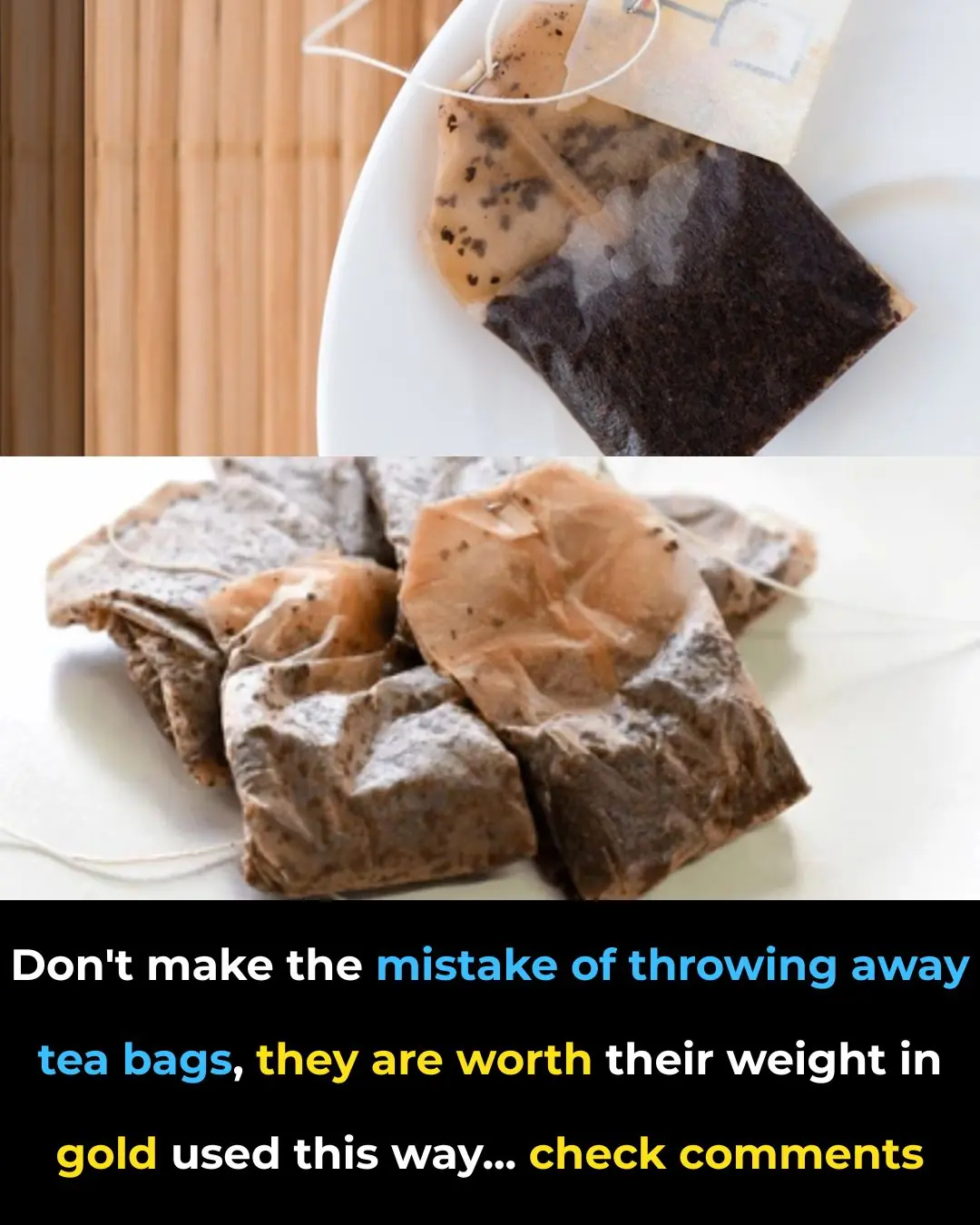
Don't make the mistake of throwing away tea bags. see more
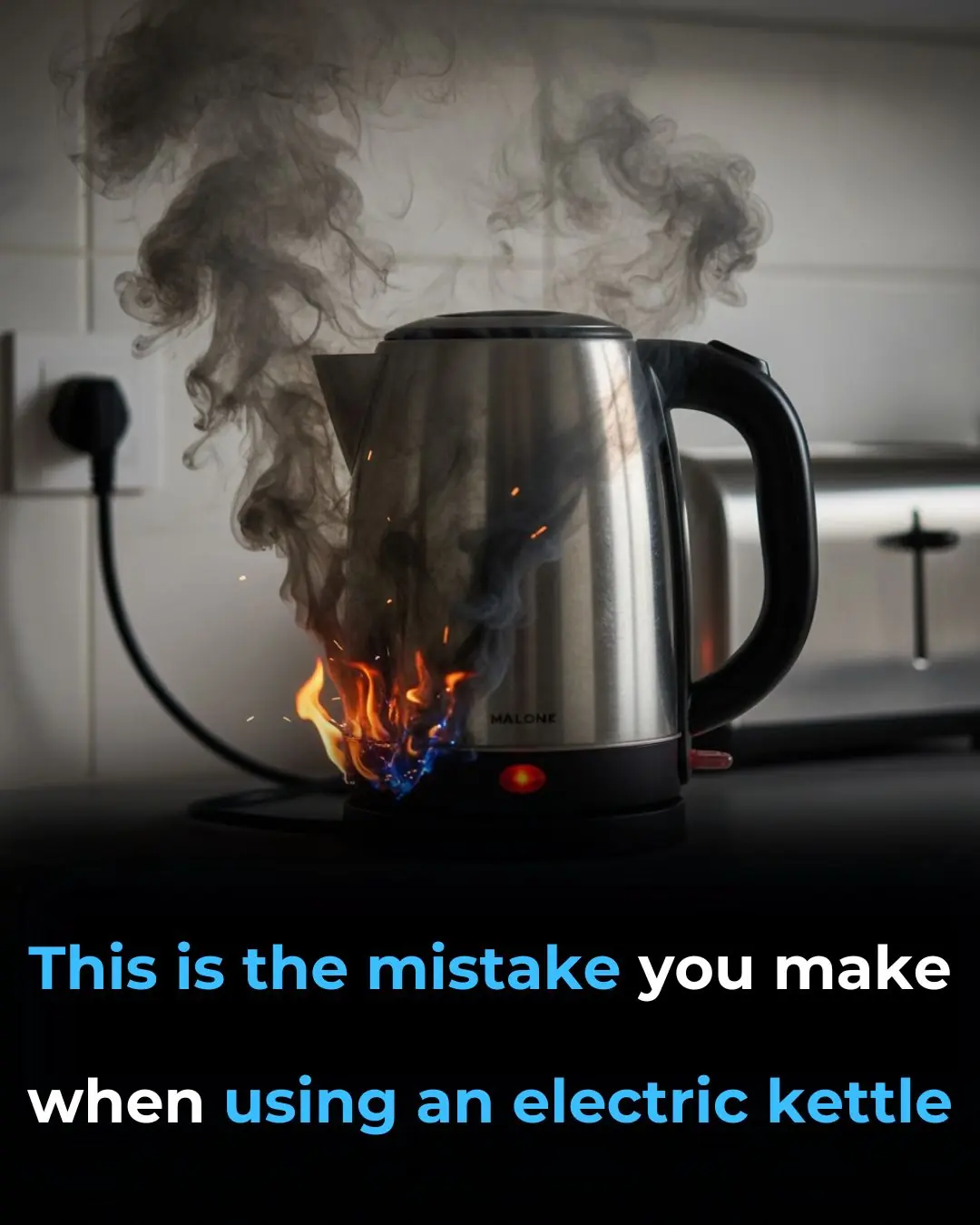
This Is The Mistake You Make When Using An Electric Kettle
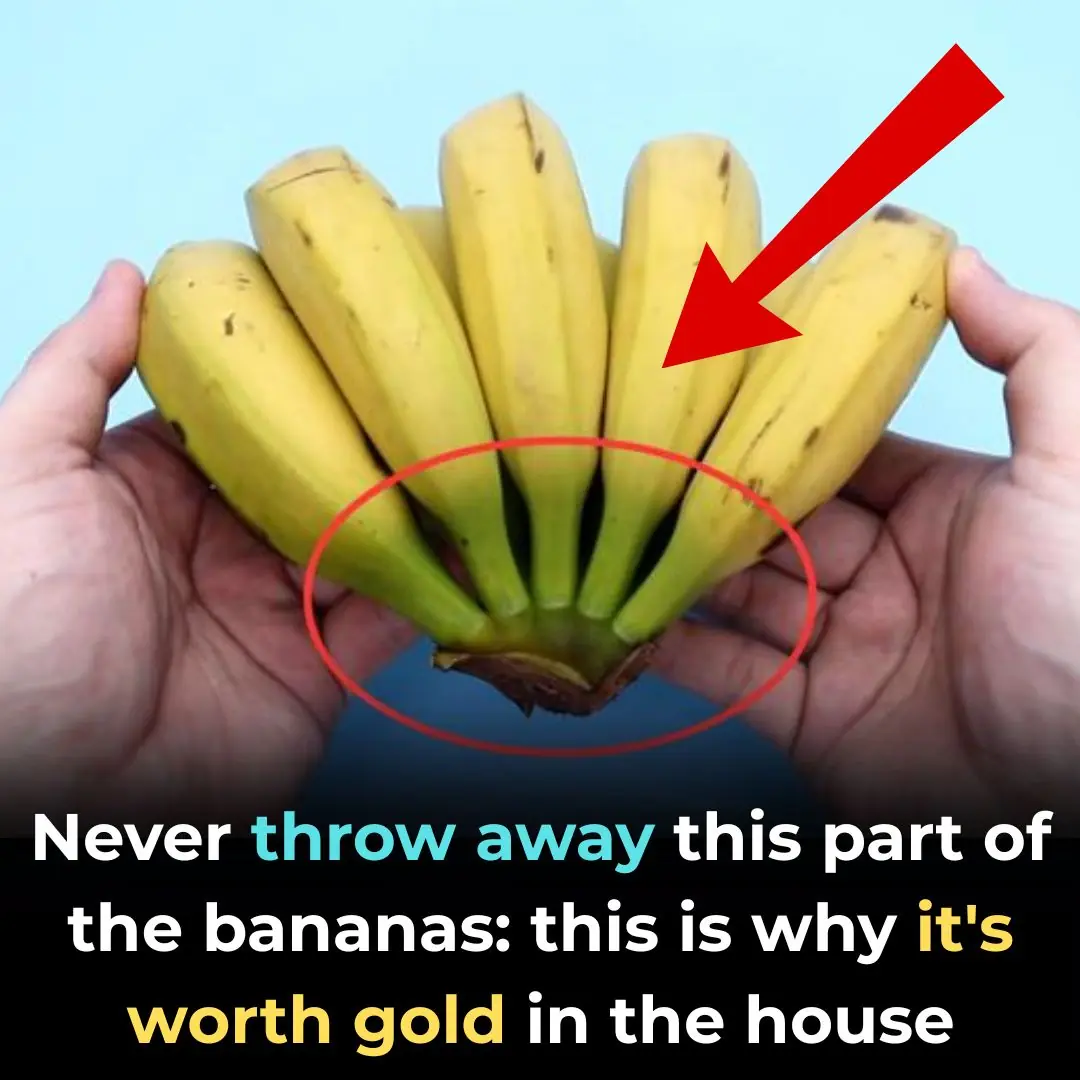
Don’t Toss That Banana Part

The Hidden Effects of Sleeping With a Fan on Your Throat

Tips for freezing tomatoes to eat all year round, the flavor is always fresh and delicious like freshly picked
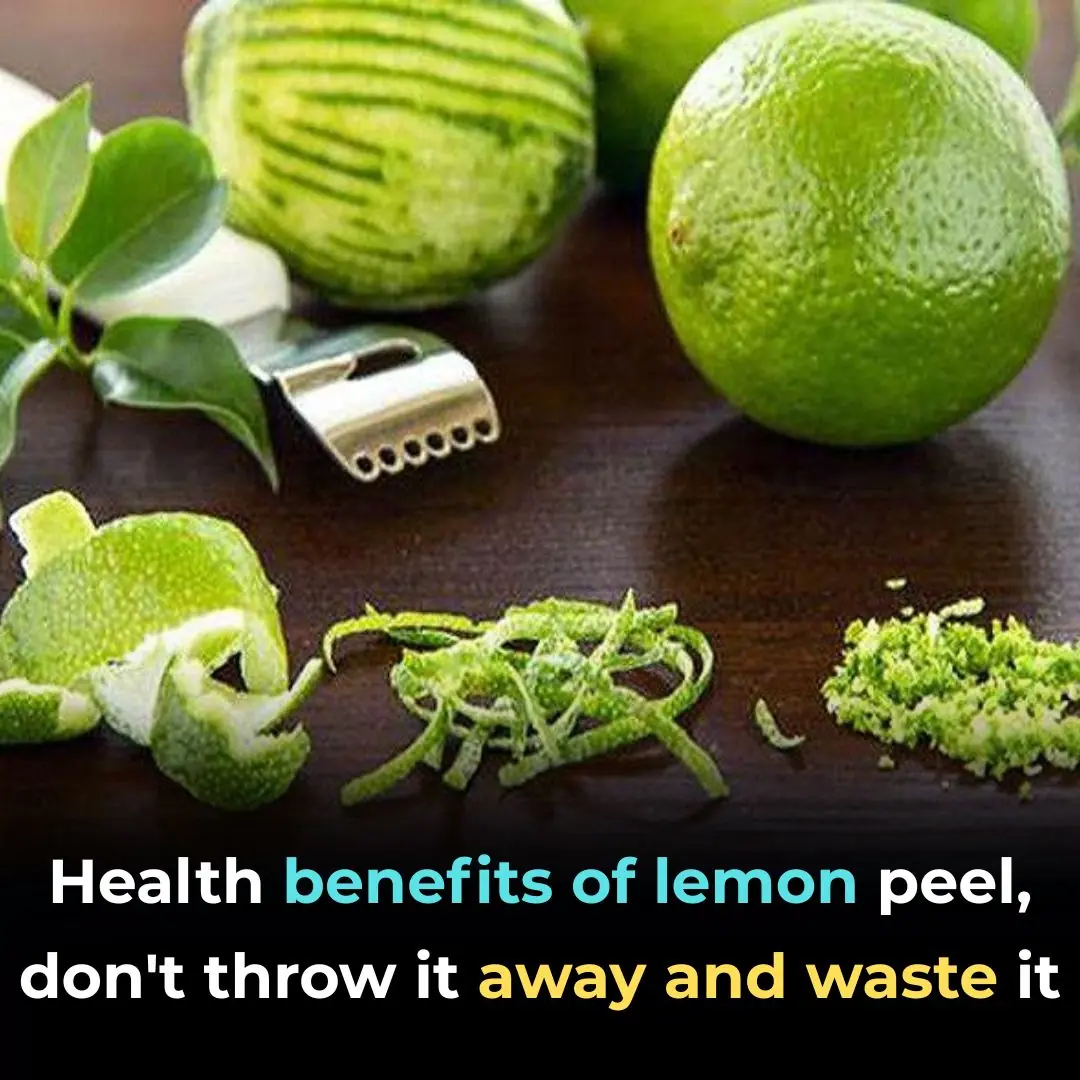
Health benefits of lemon peel, don't throw it away and waste it
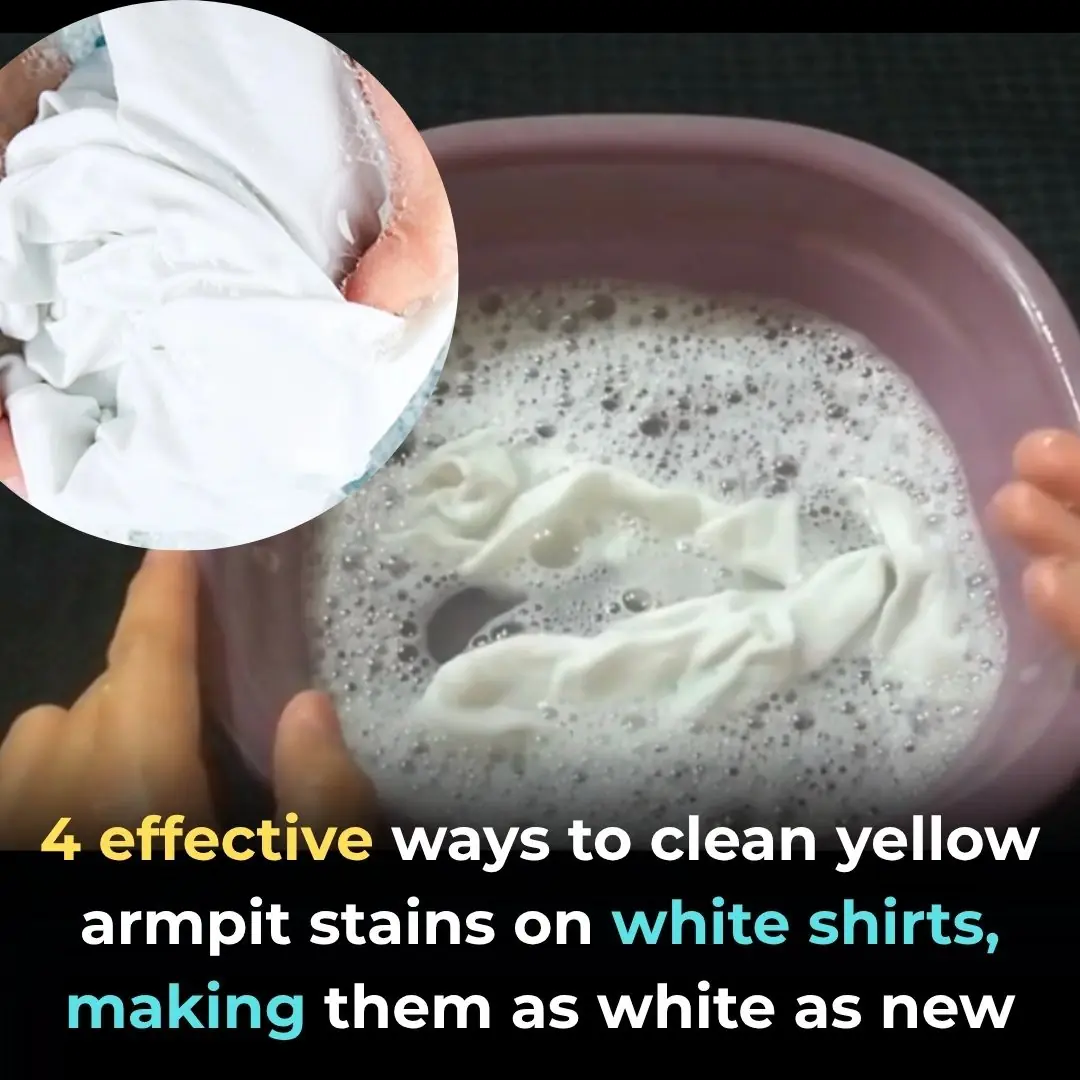
4 effective ways to clean yellow armpit stains on white shirts, making them as white as new
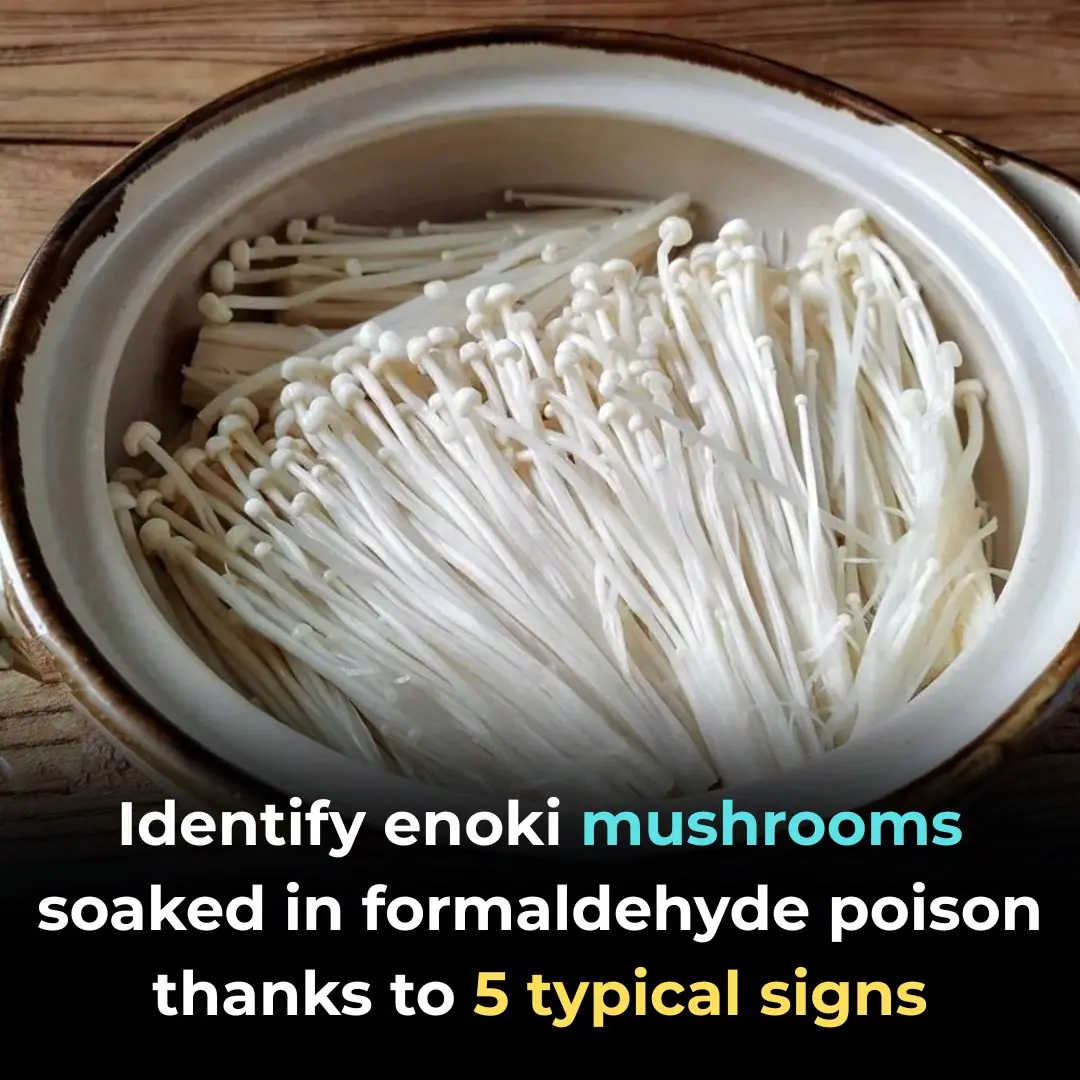
Identify enoki mushrooms soaked in formaldehyde poison thanks to 5 typical signs
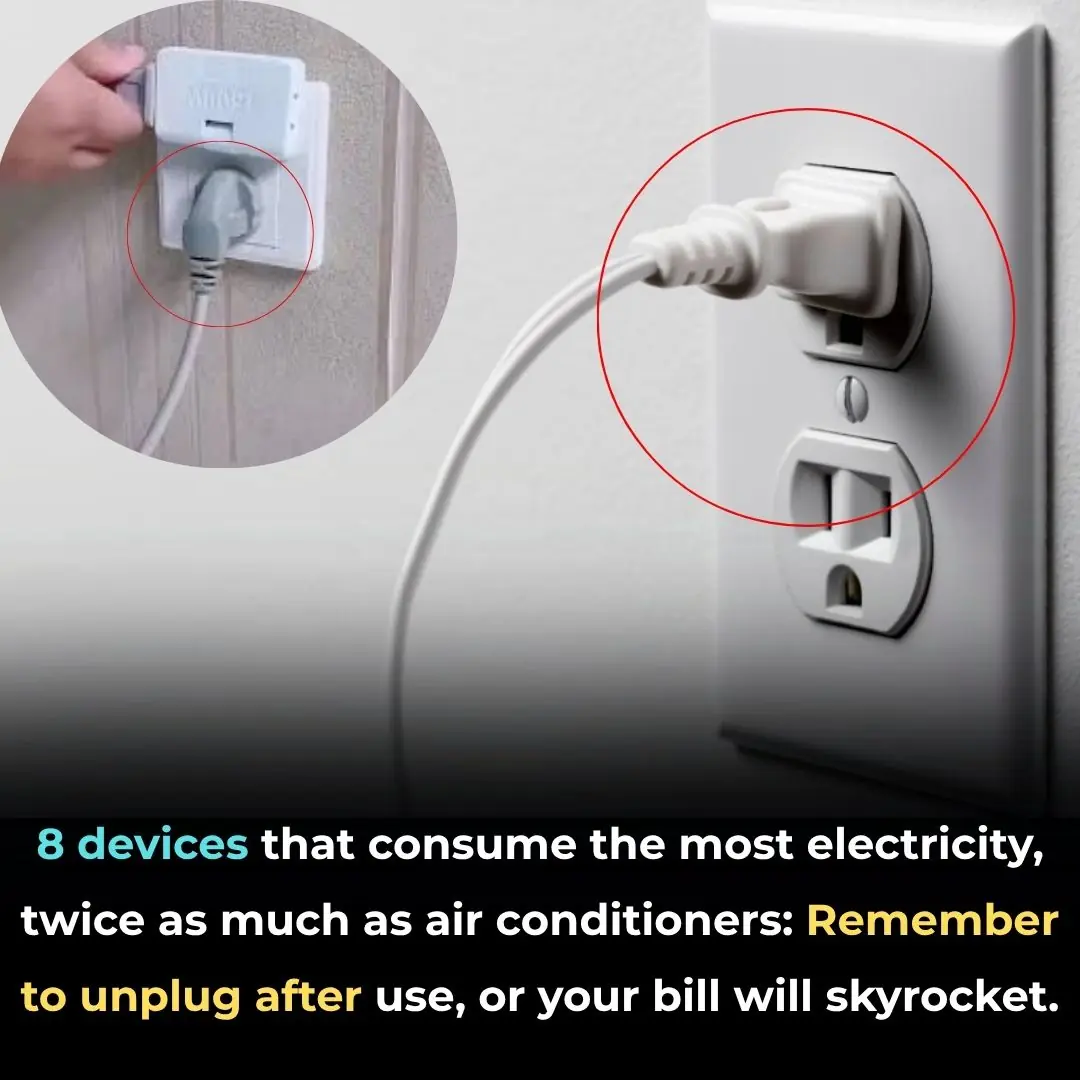
8 devices that consume the most electricity, twice as much as air conditioners: Remember to unplug after use, or your bill will skyrocket.

Golden tips for choosing ham: Identify borax with a simple, absolutely safe way

How to recognize fish infected with urticaria: Don't buy it even if it's cheap as if it were given away.
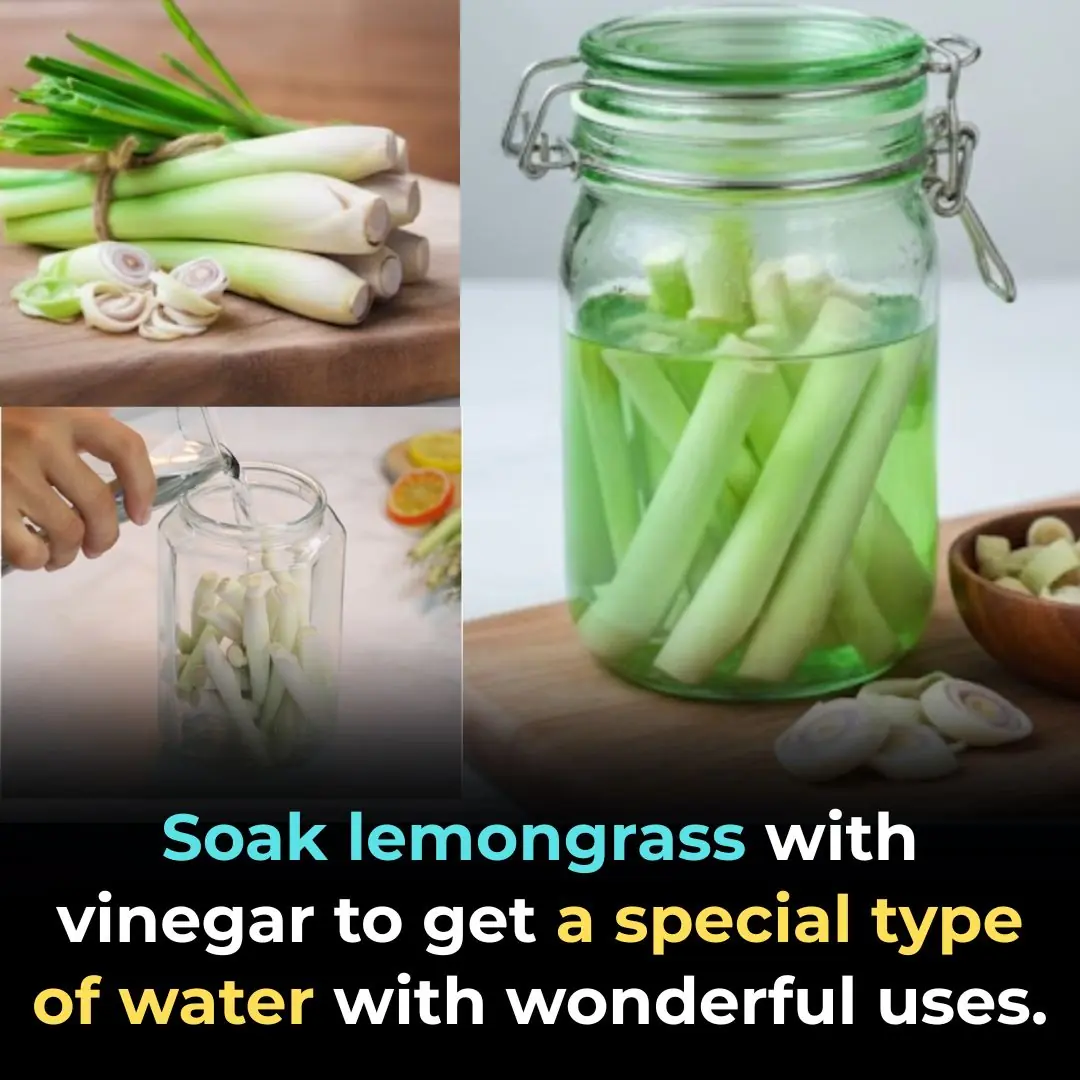
Soak lemongrass with vinegar to get a special type of water with wonderful uses.
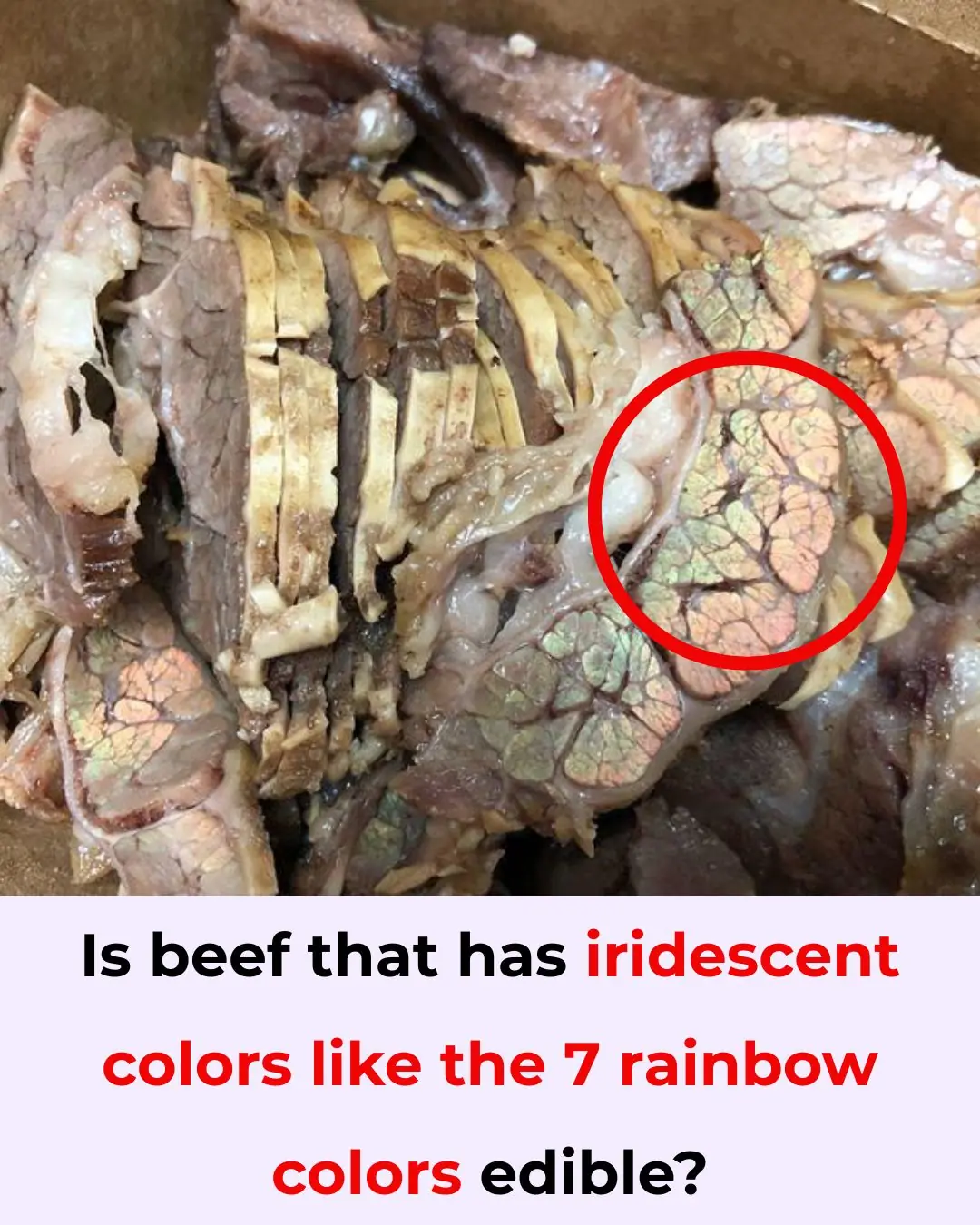
Is beef that has iridescent colors like the 7 rainbow colors edible?
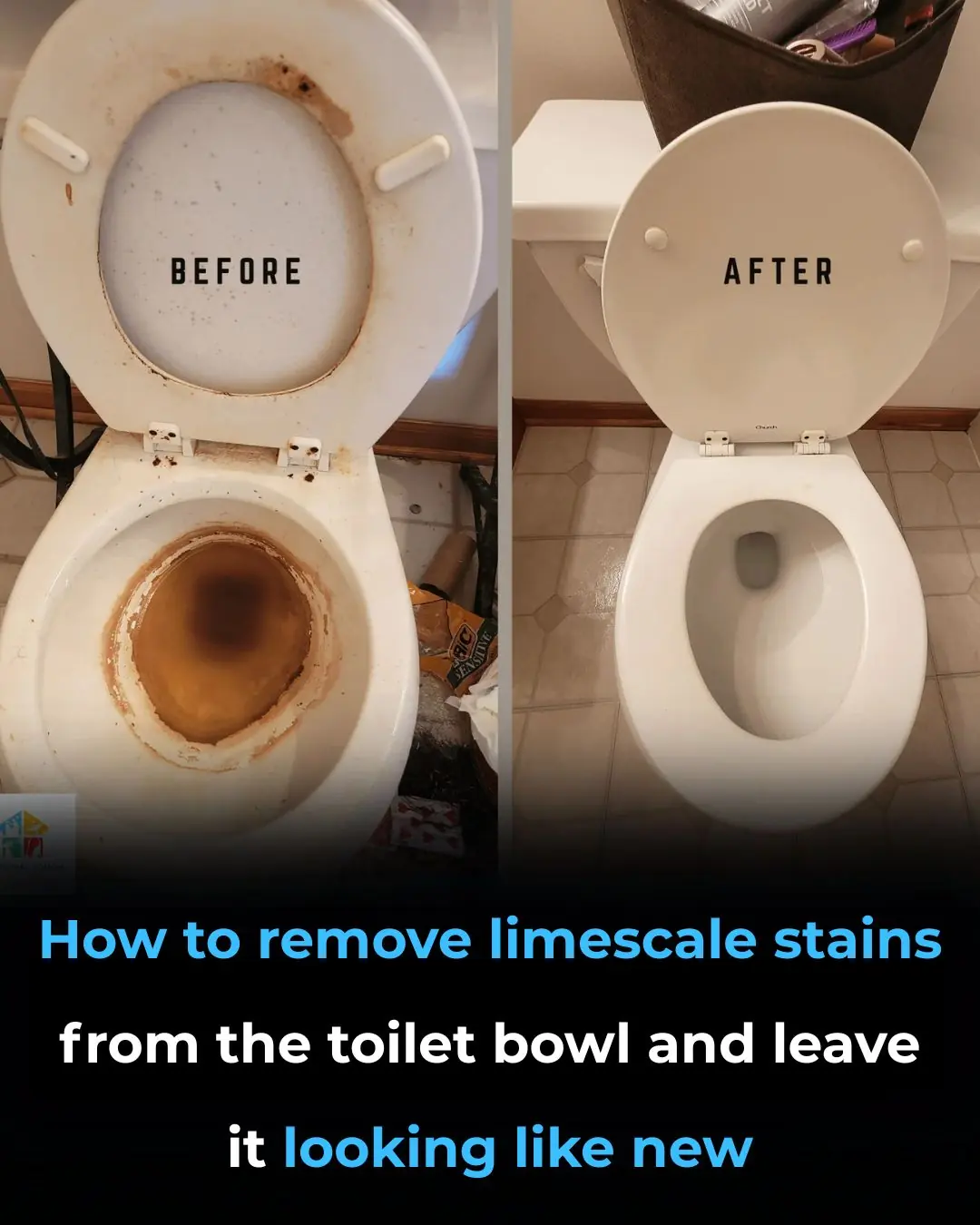
🚽 How to Remove Limescale Stains from Your Toilet Bowl — Naturally & Without Harsh Chemicals
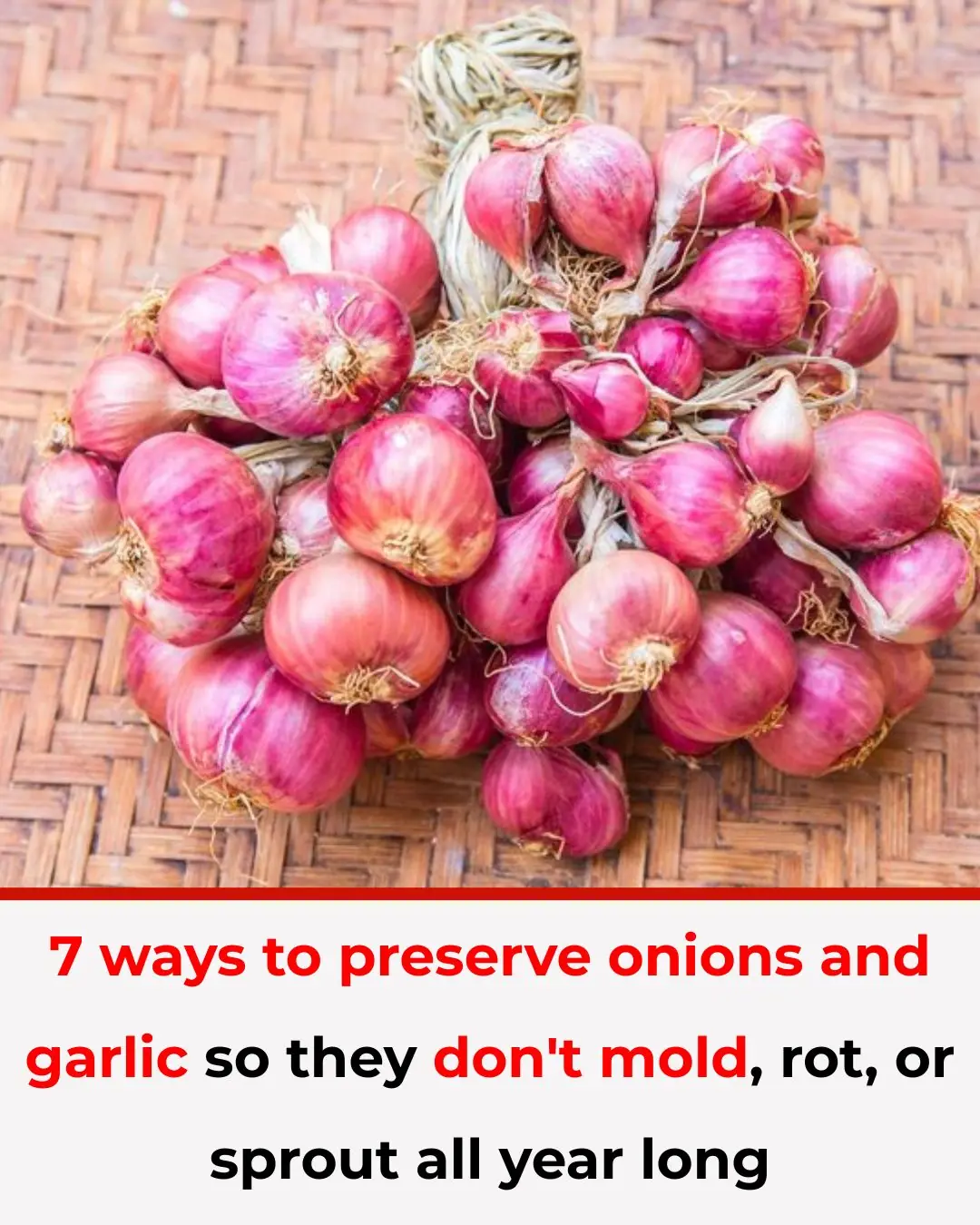
7 ways to preserve onions and garlic so they don't mold, rot, or sprout all year long
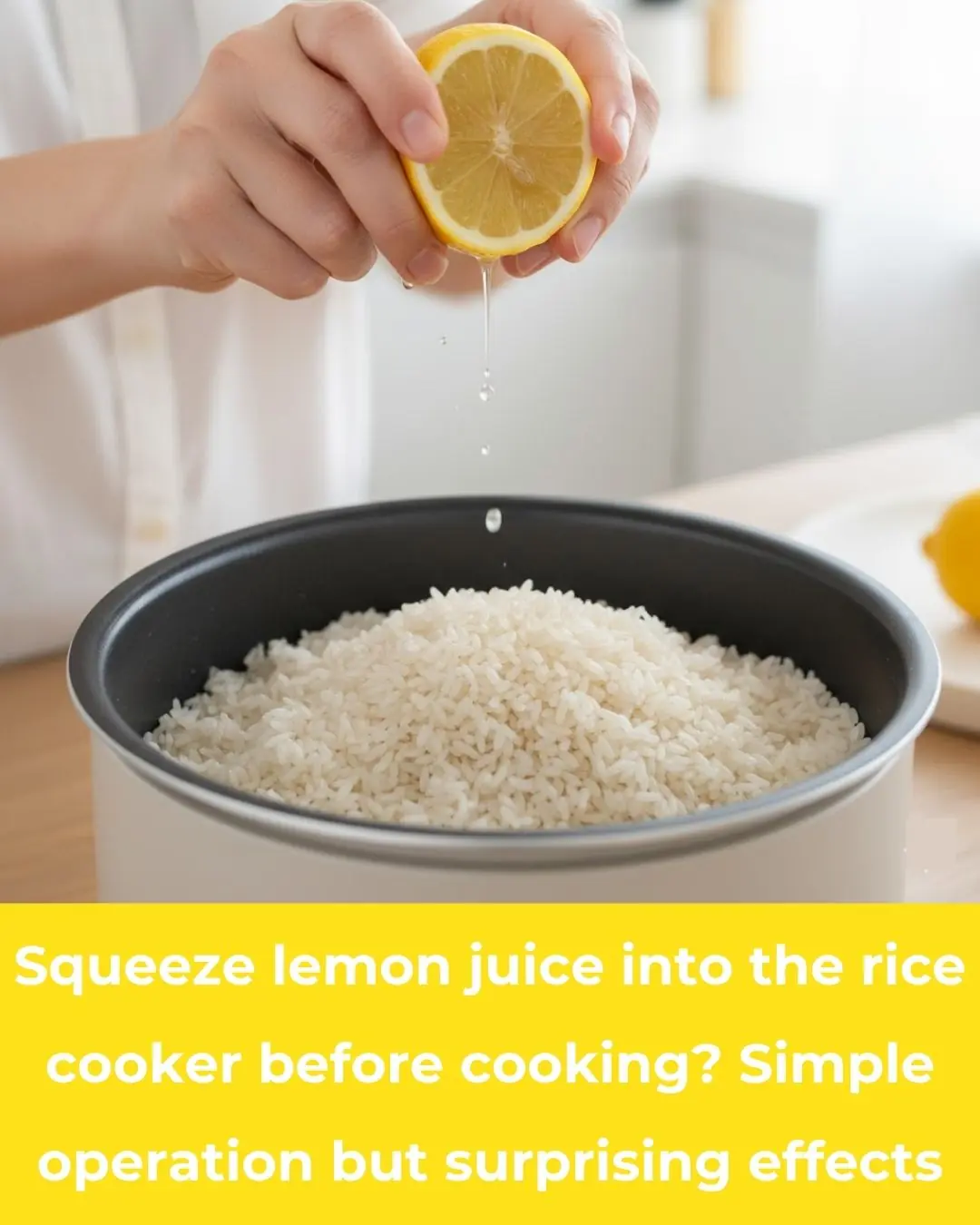
Squeeze lemon juice into the rice cooker before cooking? Simple operation but surprising effects
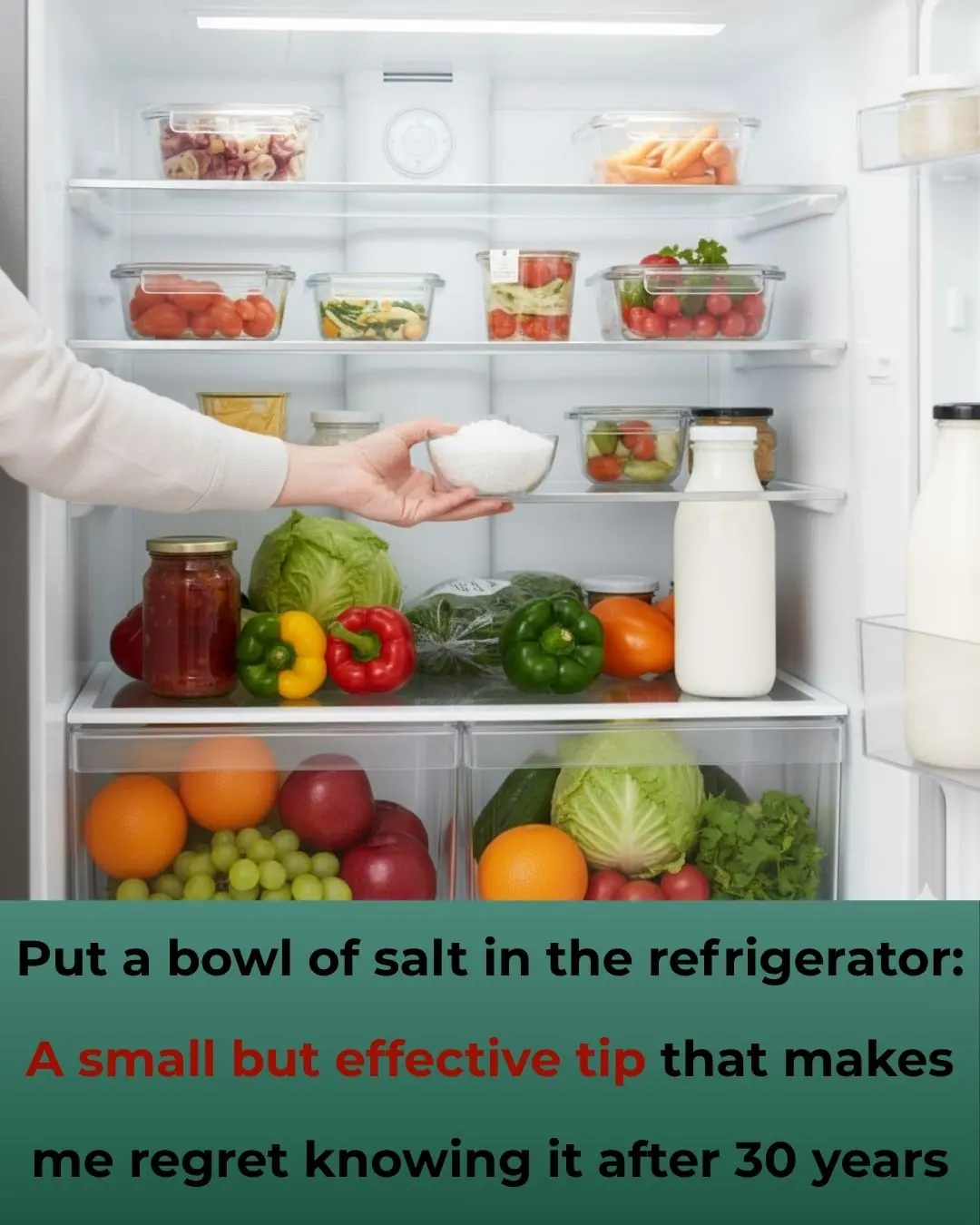
Put a bowl of salt in the refrigerator: A small but effective tip that makes me regret knowing it after 30 years
News Post
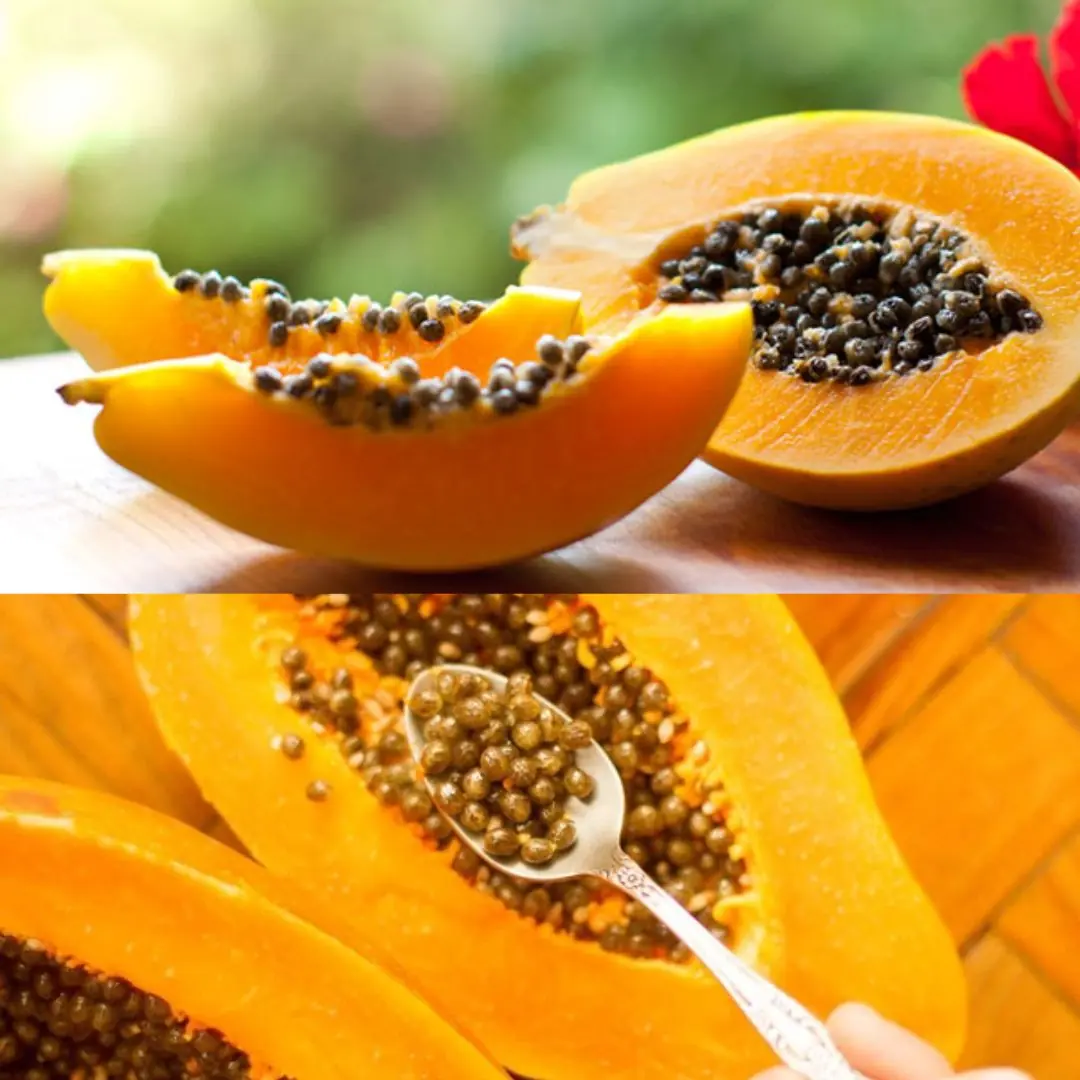
The Powerful Health Benefits of Papaya Seeds: Why You Should Include Them in Your Diet

The Wonderful Hazel Tree (Corylus avellana): Nutrition, Healing, and Traditional Uses of Every Part
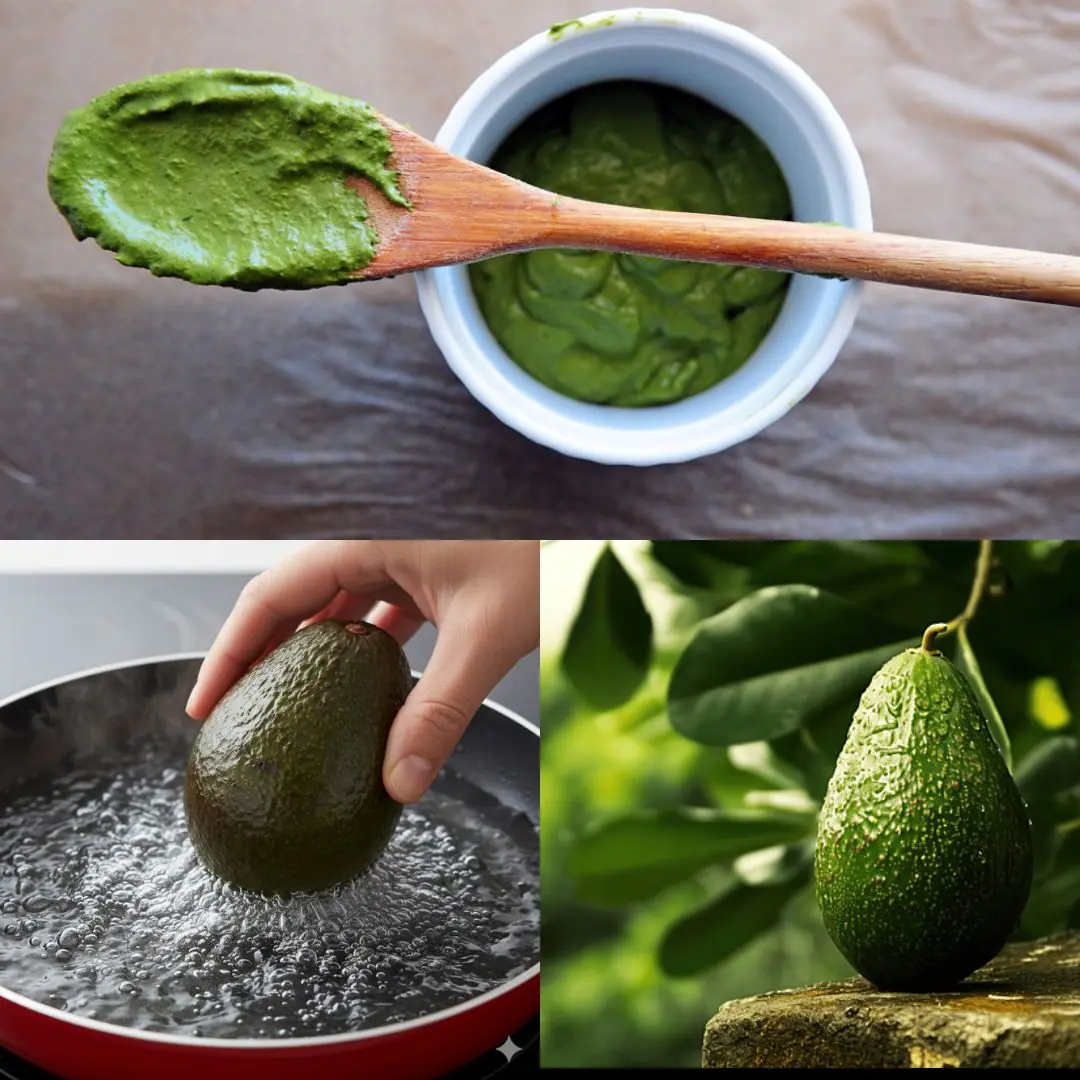
Boiling a Whole Avocado: The Secret to Softness, Nutrition, and a Delicious Baked Recipe
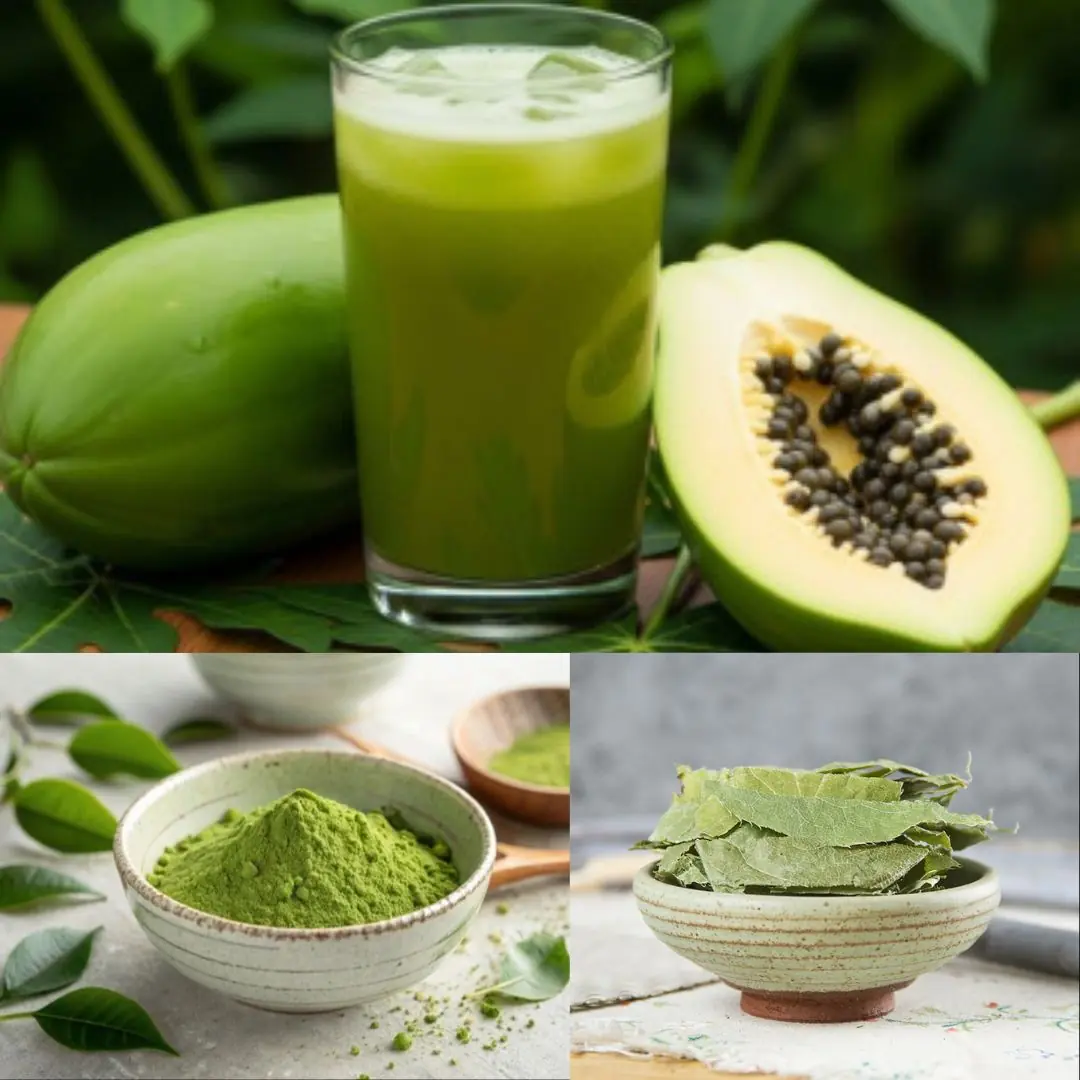
The Hidden Healing Power of Papaya Leaves

Sugar Apple (Annona squamosa): A Sweet Fruit with Powerful Health Benefits

If you find a centipede at home, here is what it means...

Why We Feel That Little Electric Sh0ck When We Touch Another Person—Science Explains

If a Man Doesn’t Appreciate You, Here’s What You Should Do

25 Worrying Signs Your Body Is Trying to Warn You of Serious Health Problems (and What to Do About Them)
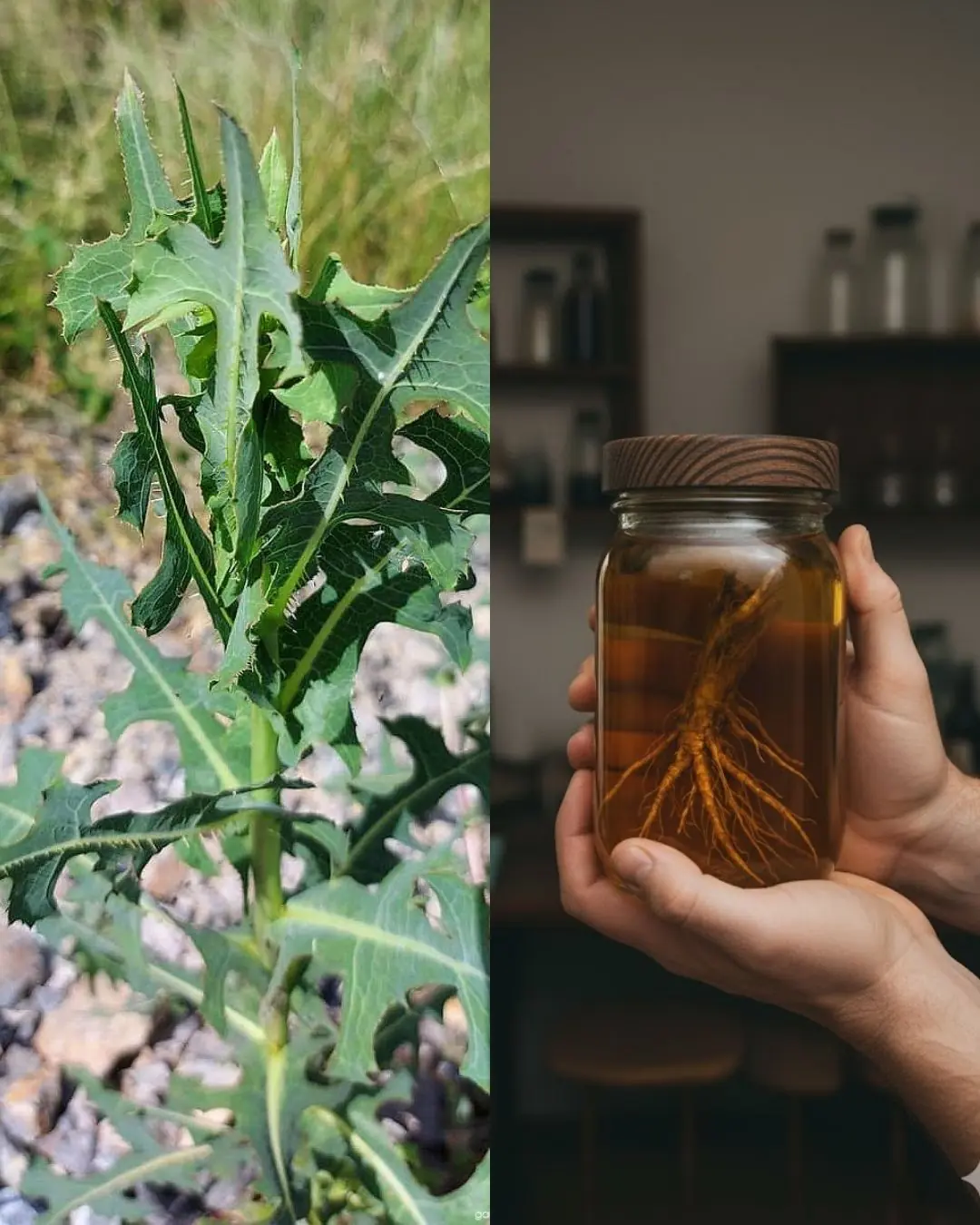
The Hidden Power of Lactuca serriola Root (Prickly Lettuce Root)

Why You Should Stop Waking Up to Urinate

4 types of vegetables are full of parasites but many people still eat them raw every day
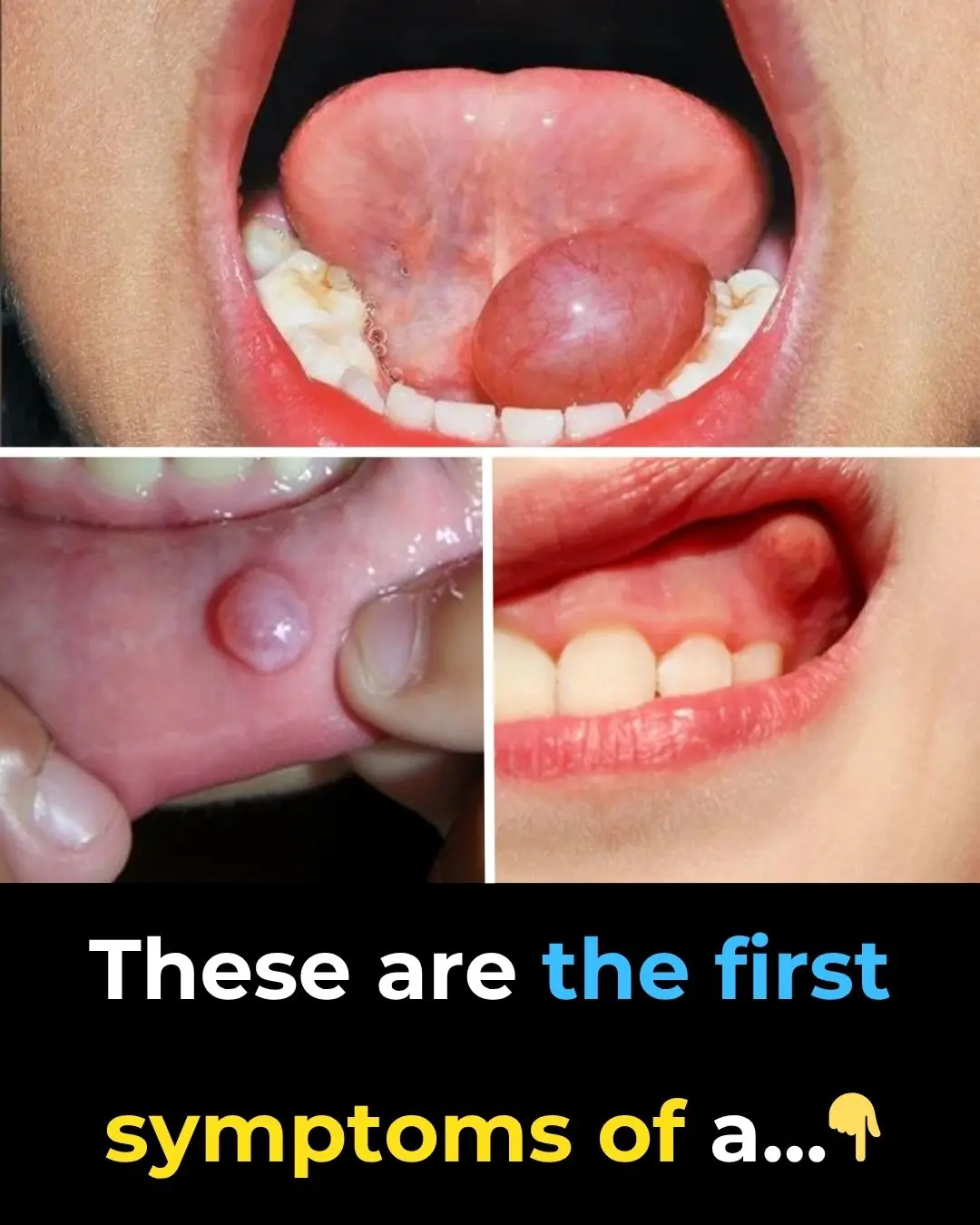
Hidden Dangers in Your Mouth: Early Signs of Oral Cancer

Maple Trees from Root to Crown: A Complete Guide to Every Edible Part

7 Signs of Arthritis You Shouldn't Ignore
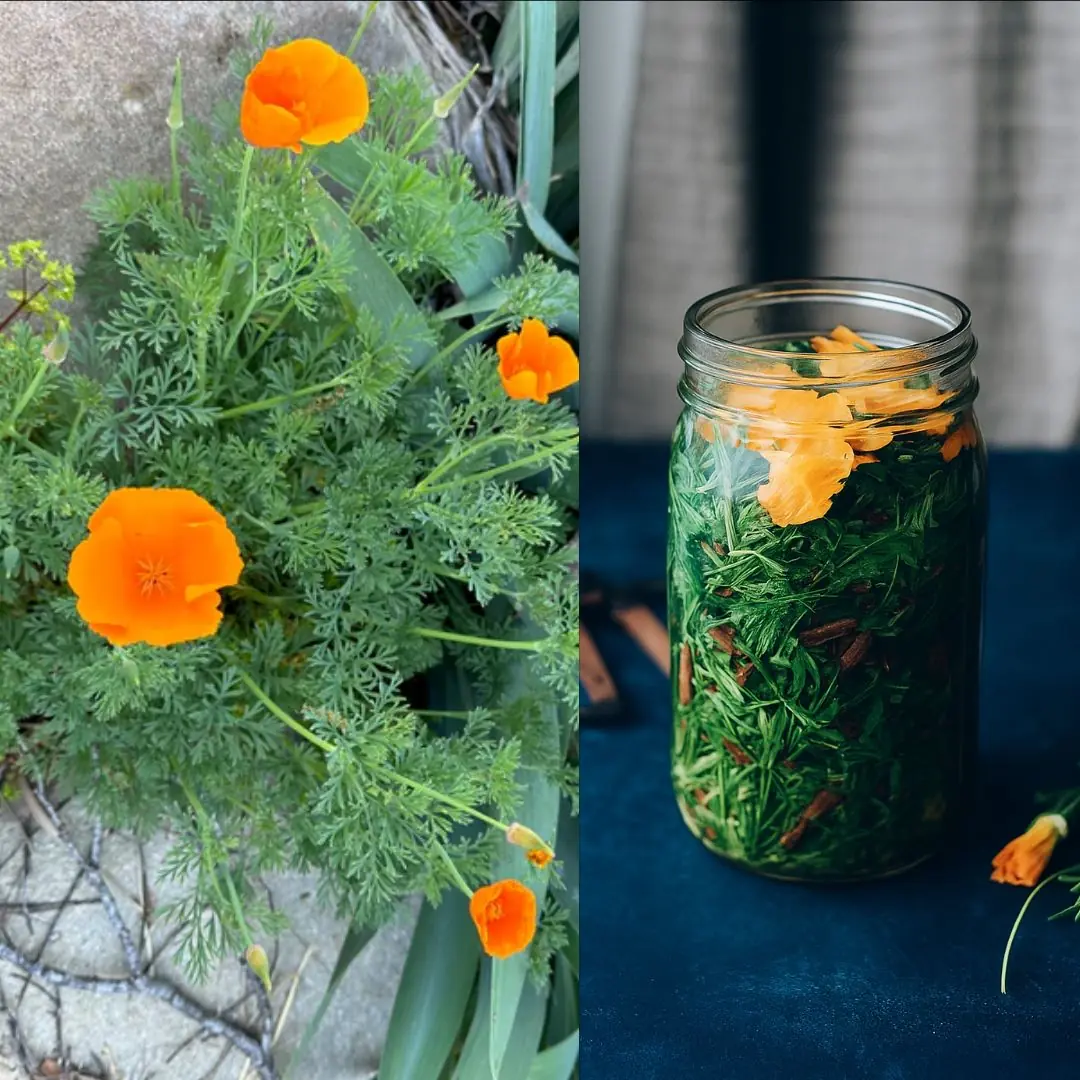
California Poppy: Nature’s Gentle Remedy for Relaxation and More
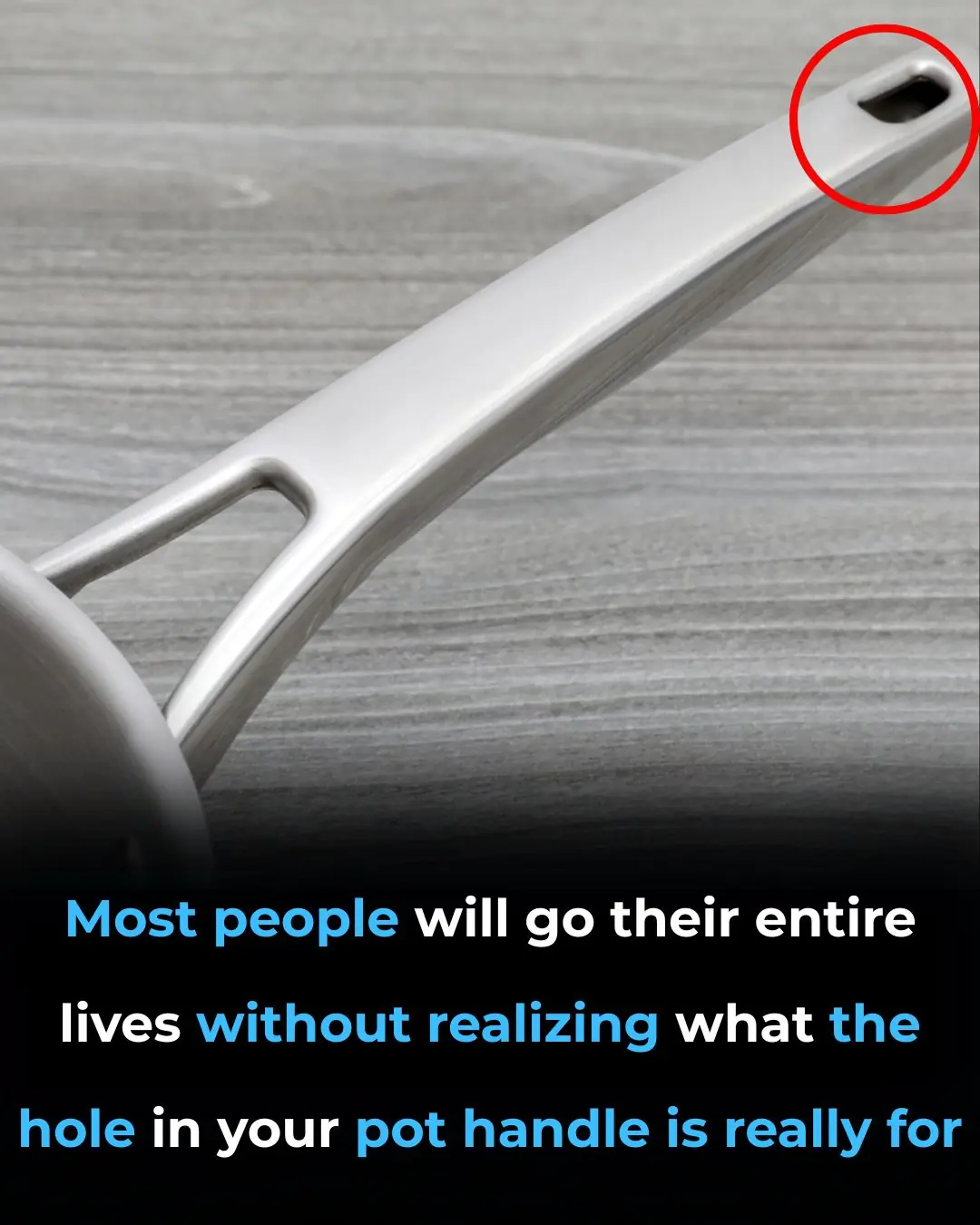
What is its purpose. see details

When a woman stops loving a man, she begins…

5 hygiene mistakes that many people make... but no one dares to talk about...
